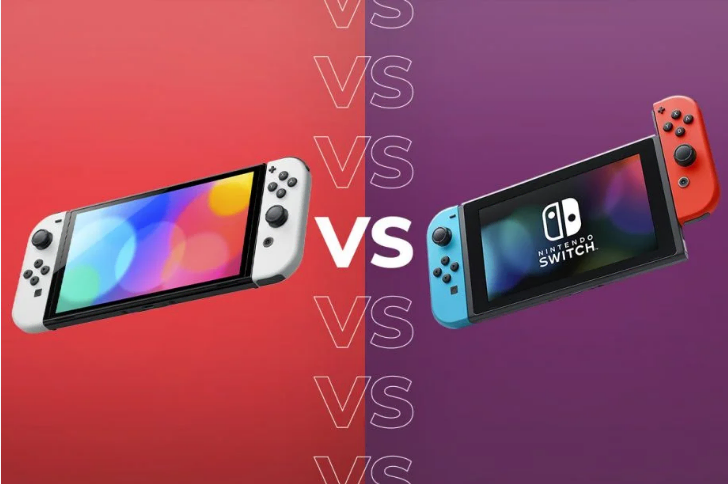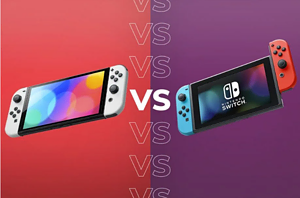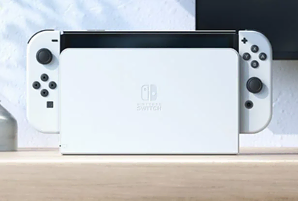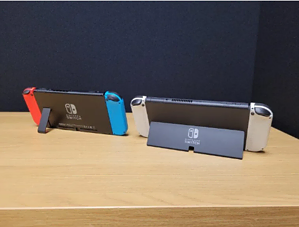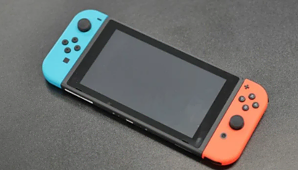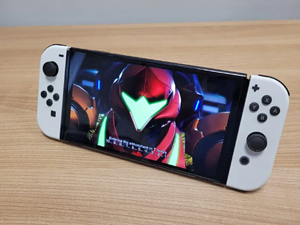Comparing the Nintendo Switch OLED vs Nintendo Switch: The Pros and Cons
Introduction:
The Nintendo Switch has been around since 2017 and has become one of the most popular gaming consoles on the market. It has seen numerous upgrades over the years, including the introduction of the Nintendo Switch OLED in 2020. In this article, we will compare the Nintendo Switch OLED to the original Nintendo Switch, looking at the pros and cons of both models. We will discuss the differences in terms of design, power, features, and price.
Nintendo Switch OLED vs Nintendo Switch Design:
The Nintendo Switch OLED and the original Nintendo Switch both feature the same basic design, but there are some notable differences. The original Switch has a 6.2-inch LCD screen, while the OLED version has a 6.7-inch OLED display. The OLED display has a higher resolution, deeper blacks, and more vibrant colors. The OLED model also has a slightly larger battery, which means it can last longer between charges.
The original Switch has a plastic body, while the OLED model has a metal body. The metal body makes the OLED model feel more durable and premium. In terms of ports, both models have the same set of ports, including USB-C, HDMI, and a headphone jack.
Nintendo Switch OLED vs Nintendo Switch Power:
The Nintendo Switch OLED and the original Switch both feature the same Nvidia Tegra X1 processor. However, the OLED model has an improved cooling system, which helps the console run cooler and quieter. The OLED model also has increased RAM, which allows it to run more demanding games.
Nintendo Switch OLED vs Nintendo Switch Features:
The Nintendo Switch OLED has some exclusive features that are not available on the original Switch. It has an integrated 4K video output, which allows you to play games in up to 4K resolution. It also has improved motion controls and vibration feedback. The OLED model also has an improved touchpad, which makes it easier to control games.
Nintendo Switch OLED vs Nintendo Switch Price:
The Nintendo Switch OLED is more expensive than the original Switch. The OLED model retails for around $399 USD, while the original Switch retails for around $299 USD. This makes the OLED model more expensive, but it also offers more features and improved performance.
Conclusion:
The Nintendo Switch OLED and the original Switch both have their pros and cons. The OLED model offers a better display, improved performance, and exclusive features, but it is also more expensive. Ultimately, which model is right for you will depend on your needs and budget.

